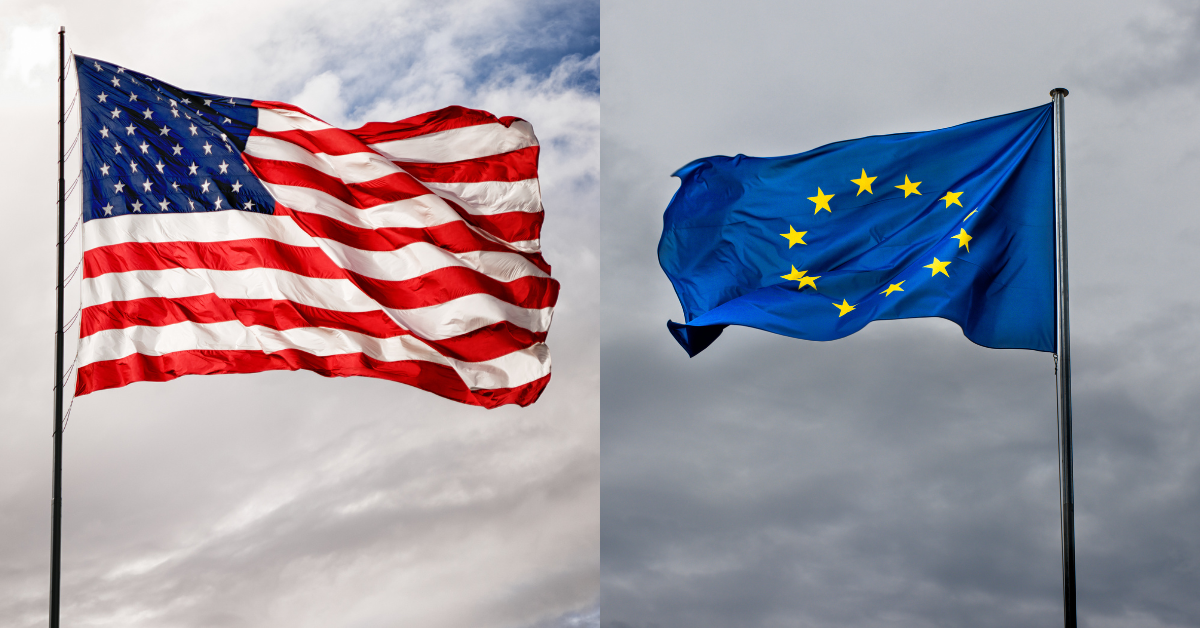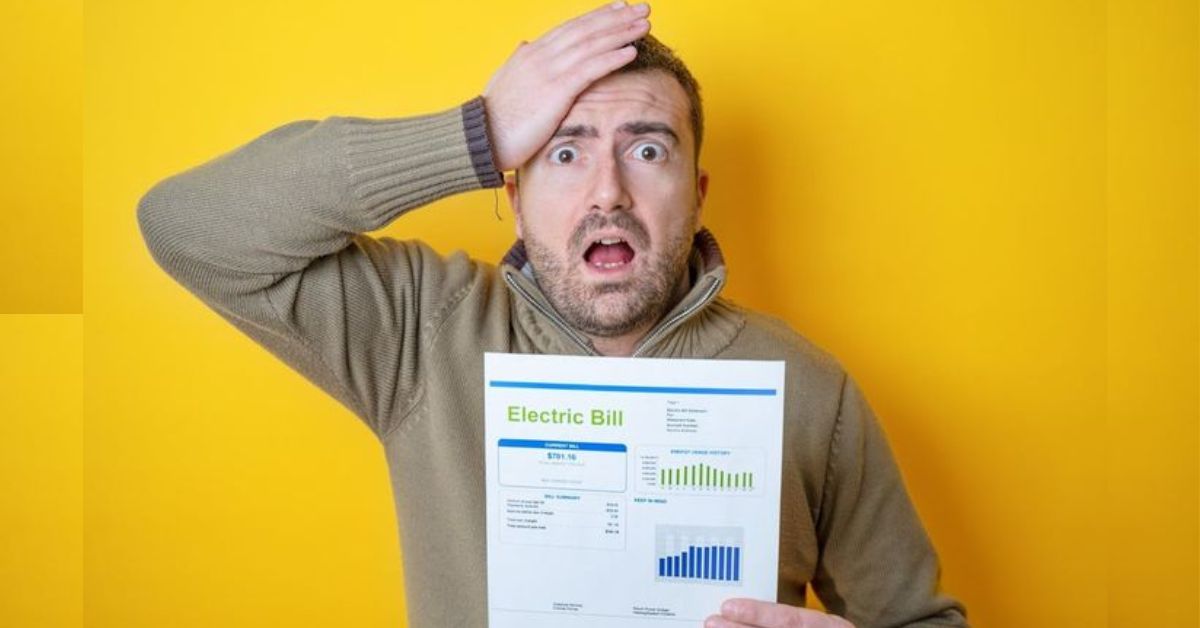The U.S. and European Union are in a tight race to finalize a trade deal before the August 1 deadline. If they don’t succeed, large U.S. tariffs could impact European goods and lead to expensive retaliation. Investors are closely monitoring each development, knowing that the results will affect everything from car prices to global markets. At NQTV365, we’ve gathered the latest updates from the trade talks. This will help you understand what’s happening, why it matters, and how it could impact you. This isn’t just a conflict between Washington and Brussels; it affects your grocery bill, your next car, and the global economy. Here’s the real story.
The U.S. and EU are major players in the economy, trading $1.2 trillion in goods and services each year. This includes everything from American soybeans to German cars. However, tensions are rising. The U.S. plans to impose a 30% tariff on EU imports, including cars, wine, and steel, starting next week unless a deal is reached. Europe is not remaining silent; it has prepared $109 billion in counter-tariffs on U.S. goods like whiskey, jeans, and tech services. If this situation escalates, you could see a $4,000 increase in the price of a European car or 15% more for French cheese at your local store. American farmers may suffer if Europe retaliates against pork or corn, and businesses on both sides are already feeling the pressure.
Talks are intense. European Commission President Ursula von der Leyen is meeting U.S. President Donald Trump in Scotland on Sunday. There are hints of a possible deal framework by then. The EU wants a 15% tariff cap on most goods and 50% on steel and aluminum. This push follows a recent U.S.-Japan deal that reduced auto tariffs to 15% and secured $550 million in investments. Trump’s team, led by Commerce Secretary Howard Lutnick, wants Europe to buy more U.S. energy, farm products, and technology. They also want to reduce taxes on American companies. However, Trump is not hopeful, stating there’s a “50-50 chance, maybe less” of reaching a deal. This uncertainty has markets on edge.
Why is this happening? The U.S. claims that Europe’s $236 billion trade surplus is unfair and is costing American jobs. Trump is pushing for better access to European markets for U.S. goods and wants fewer EU rules, such as digital taxes that affect tech companies. Europe argues that it already buys a lot of U.S. services, which balances things out. The EU has offered to buy more American gas and weapons, but it won’t change its tech regulations or food standards, which the U.S. considers trade barriers. Both sides are firm in their positions, and time is running out.
Investors are experiencing ups and downs. U.S. markets reached highs after the deal with Japan, expecting a similar outcome with the EU. European auto stocks, such as Volkswagen, rose 3% because of these hopes. However, a 30% tariff could eliminate $1.6 trillion in trade between the U.S. and Europe. If talks fall through, global growth might decrease by 1%, and your next online order could be more expensive as supply chains get disrupted. Small businesses, like a Wisconsin distillery that exports whiskey, may lose half their sales in the EU. Larger companies, like Mercedes, are already pausing their earnings forecasts, preparing for difficulties.
What is causing the slowdown? Politics and mistrust. The 27 EU countries are not entirely in agreement; France is calling for more severe retaliation to show off its strength, while Germany wants a speedy agreement to save its automakers. During their meeting in Berlin, German Chancellor Friedrich Merz and French President Emmanuel Macron indicated that if the agreement is weak, they are prepared to attack American goods. The EU has a two-pronged tariff plan that targets tech and bourbon: $24 billion on U.S. goods like motorcycles, plus an additional $85 billion if necessary. The rest of the EU is prepared, with Hungary being the only exception.
Additionally, there is a legal issue. Trump’s tariff authority was questioned by a U.S. court, but the decision was halted by an appeals court. The EU is in a bind because the United States maintains that tariffs are set in stone, deal or no deal. U.S. Trade Representative Jamieson Greer and EU Trade Chief Maros Sefcovic have met in D.C., but the U.S. is refusing to budge on demands like reduced steel tariffs. Drug and aircraft exemptions proposed by the EU are difficult to sell.
It’s bad news if conversations break down. Prices would rise as a result of a trade war; consider a bottle of Italian wine costing $150 more or a BMW costing $800 more. U.S. exporters might suffer significant losses in Europe, and the already precarious global supply chains would be negatively impacted, driving up the price of clothing, electronics, and other goods. Fearing that Trump may raise tariffs even more, the EU’s food and luxury industries are begging for a deal. Although it would hurt less, even a partial agreement, such as 15% tariffs with carve-outs, would still be painful.
If they manage to pull this off, we can expect a pretty modest agreement perhaps around 15% tariffs on EU goods, along with some promises for increased U.S. exports like gas and soybeans. This would likely soothe the markets, but it wouldn’t tackle the bigger issues, such as tech taxes, which would remain unresolved. The EU might start looking towards deals with Asia or South America to counter U.S. pressure, as von der Leyen has suggested. Regardless, this is going to set the stage for global trade rules, which seem to be shifting from fair competition to power struggles.
What can you do? Keep an eye on prices for cars, food, or tech they’ll give you a clue about how things are shaping up. Advocate for fair trade policies by signing petitions or getting involved in local efforts; it helps hold our leaders accountable. Even small actions, like choosing to buy local to avoid import price hikes, can save you some money. This U.S.-EU standoff isn’t just a matter of tariffs it’s about the way the world conducts business, and it’s impacting your life directly.
Author
-

Tyler Grayson brings global events to your screen with clarity, depth, and context. With a background in political science and international relations, Tyler covers diplomacy, global conflicts, climate issues, and major policy shifts with a balanced, facts-first approach. His reporting connects the dots between headlines and their real-world impact.







